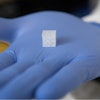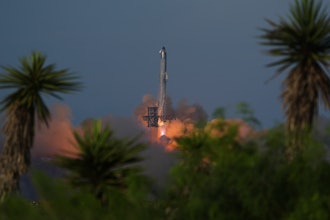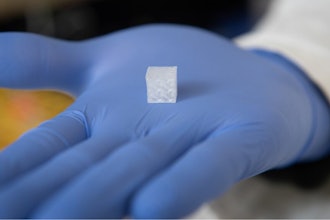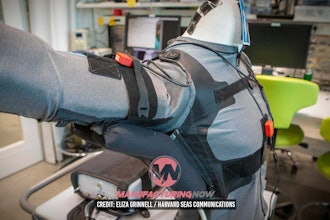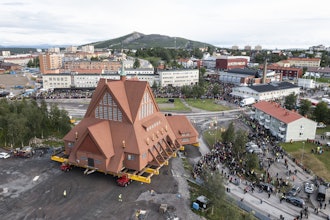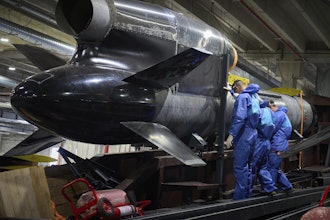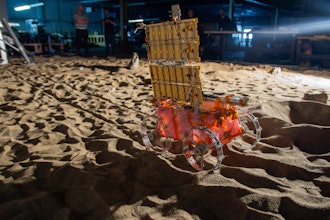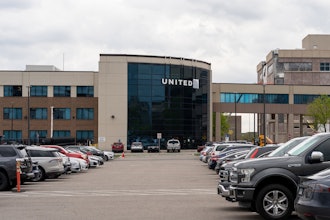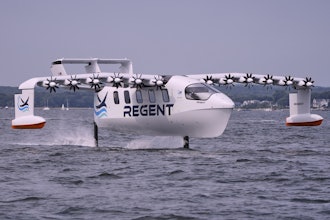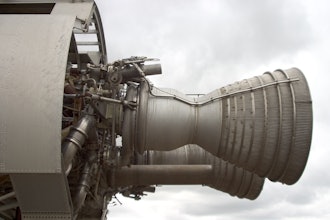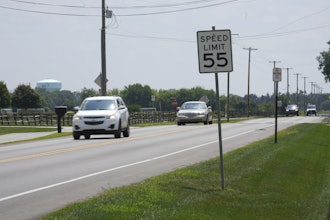From Captain Chesley Sullenberger’s Miracle on the Hudson to the destructive impact they can have on manufacturing facilities and warehouses, birds and industry have a somewhat strained relationship. In an effort to keep both parties safe and happy, a company called Clear Flight Solutions has introduced the Robird.
Resembling either a falcon or eagle, these remotely controlled robotic birds of prey are designed to resemble their living counterparts in driving smaller birds from an area. Flapping wings not only propel the Robirds, but also help reinforce the presence of something a little higher up on the food chain.
The falcon model is meant to chase off birds up to 6.5 lbs. and resembles the world’s fastest animal – the peregrine falcon, which feeds almost exclusively on medium-sized birds. According to the company’s website, “The Robird version of the peregrine is just as intimidating as the real deal. After a couple of flights, the bird population understands that they are living in a dangerous hunting territory, and will take their business elsewhere.”
The eagle, which sits atop the avian food chain, can be used to chase away any type of bird.
Before you overlook the viability of their application, consider that bird strikes cost the U.S. aviation industry over $900 million annually. And in addition to airports, Robirds could aid bird populations often in danger from collisions with wind turbines, agricultural poisonings and other approaches more focused on eradication than preservation.
Right now Robirds are not for sale, but will be undergoing their first major test at European airports early next year. In addition to some design modifications, the company is also wrestling with local regulations that restrict the use of drones.


